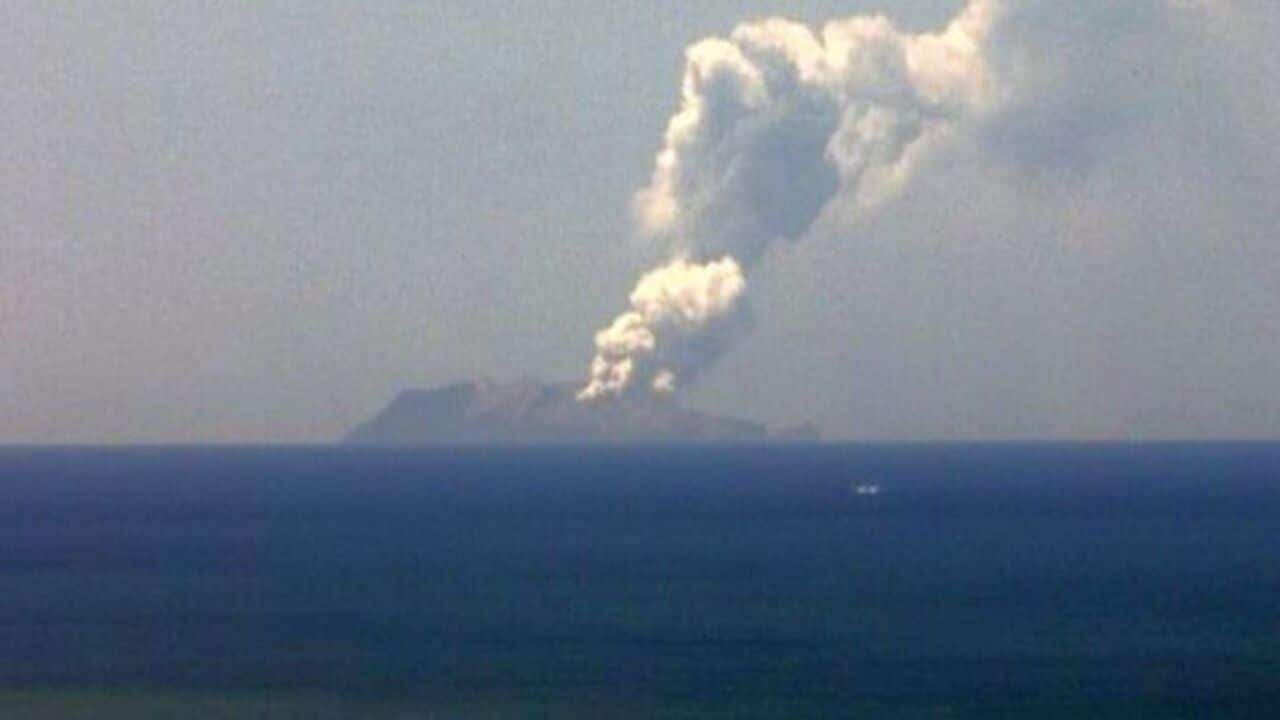Abbie O'Brien reported from New Zealand.
A Maori chief hailing from the part of New Zealand shaken by the deadly Whakaari volcanic eruption says the community is very emotional in the wake of the deadly incident.
Monday’s eruption of New Zealand’s most active cone volcano is confirmed to have claimed the lives of at least eight people, including six Australians.
The bodies of other people, presumed dead, remain on the island. The eruption has made it difficult for authorities to safely access the area.
But Pouroto Ngaropo, the chief of the Ngati Awa, the local Maori iwi - or tribe- said the disaster has stunned the community.
“What’s happened now is not a very good situation,” Mr Ngaropo told SBS News on Thursday.

Pouroto Ngaropo Source: SBS News/Abbie O'Brien
“A lot of people are upset. A lot of people are mourning. There are a lot of people who don’t know why this has happened.
“We give our love and support for the families who’ve had huge losses. It’s had an impact on all of us.”
Mr Ngaropo said he has been “heartbroken” by the losses of life, particularly those of tourists.
“When people come here we want them to feel love and kindness. It’s all part of our traditions of embracing and welcoming people,” he said.
“When they come here, they are like family. We want to make sure they feel safe. So what happened, it saddens us and hurts us.”
Mr Ngaropo said police are working closely with the Ngati Awa in recovery operations, assuring the iwi that tikanga - which loosely translates to the “Maori way of doing things” – will have a place in the mourning process.
The Ngati Awa held a tangihanga, or traditional funeral, on Thursday for the bodies still on the island.
“I cried, as did the families, as part of the healing process. Even though we haven’t retrieved them yet, the ceremonial processes for the dead have already started,” Mr Ngaropo said.
“In the funerals, when we sing, when we haka, when we chant, we can recall them, respect them and give love to them and their families.”

Pouroto Ngaropo (R) Source: SBS News/Abbie O'Brien
‘Signs for a long time’
Mr Ngaropo, who describes Whakaari as a “living, breathing ancestor” that brings “messages from the spiritual to the physical realm”, visited the site last week.
“I was quite lucky - that could have happened to me last week. I was standing right there over the crater, looking down into it.”
“Two of the young men I was with, who were the guides, are no longer with us. I knew them well. They loved their job.
“This ancestor is very moody. She’s very unpredictable.”

A supplied image taken on Monday, December 9, 2019, by crew aboard the Auckland Westpac Rescue Helicopter, of New Zealand's Whakaari of a volcanic eruption. Source: AAP
Whakaari , according to New Zealand geological monitor GeoNet.
Mr Ngaropo said he felt “there have been signs for a long time” geological activity at Whakaari could have been imminent, citing recent tremors and smoke discharge.
“She has been indicating we need to be careful – [because] when we step into that area, into her domain, everything is unpredictable,” he said.
"When we got there last week I was standing right there over the crater, looking down into it.
“Whakaari is trying to say; ’enough is enough. I need to be reconnected back to the people. They need to be reconnected back to me’.”
The disaster has prompted calls for tourism ventures to Whakaari to be wound back.
Mr Ngaropo said the loss of life has put things in perspective.
“I think [the eruption] is a sign that we need to start looking at what is important,” he said.
“Is the greatest thing in the world money? Is it tourism?
“The greatest thing in the world is people.”



